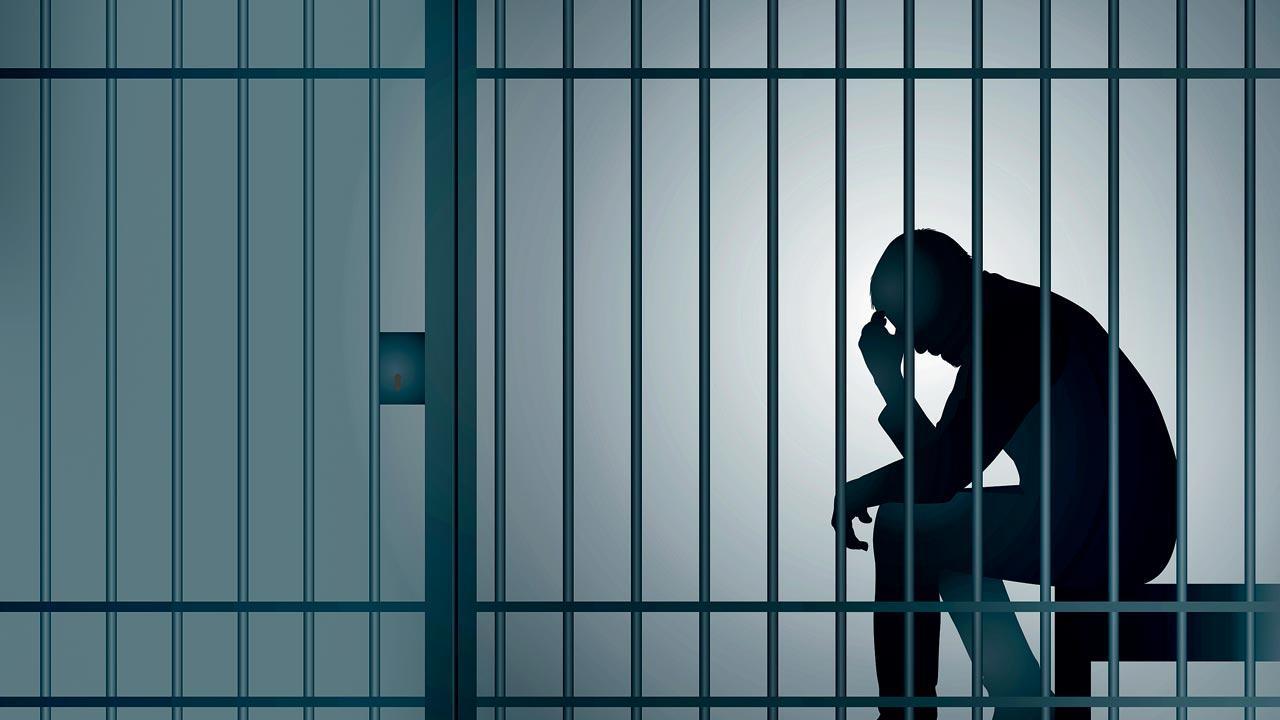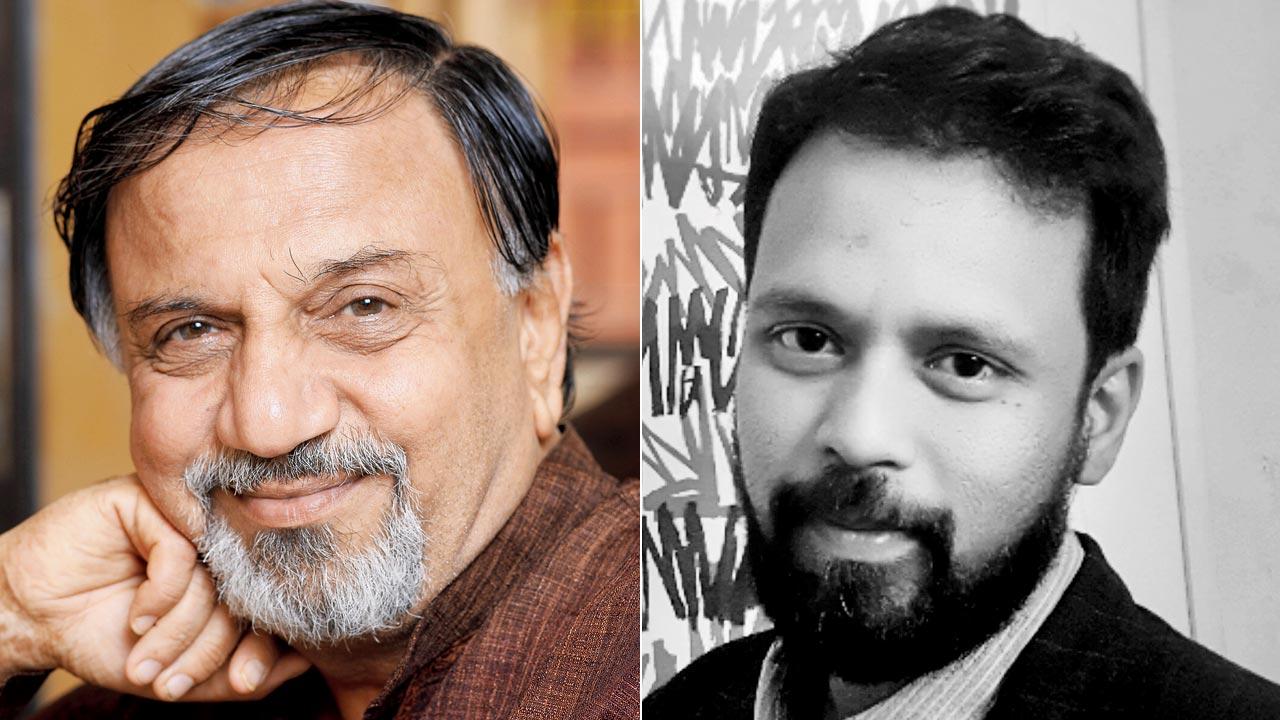Failure to improve on justice system pushes state rating down from No. 1 in 2020

Prisons are over-occupied with over 130 per cent occupancy. More than two-thirds of the prisoners (77.1 per cent) are awaiting the completion of investigations or trials. Representation pic
The recently released India Justice Report 2022 (IJR) on justice delivery in India has put Maharashtra at No 11, after the state had topped the ranking in the first two reports in 2019 and 2020. The report which is based on the four pillars of the justice system – police, judiciary, prisons and legal aid – indicates that the state has not been able to improve as much on the four parameters as some other large states.
ADVERTISEMENT
The IJR is brought out by a collective of organisations working towards justice reforms, including the Centre for Social Justice, Common Cause, Commonwealth Human Rights Initiative, DAKSH, TISS–Prayas, Vidhi Centre for Legal Policy and How India Lives as the data partners.
Southern states dominate
As per the latest report, the southern states of India dominate in the delivery of justice as compared to the rest of the country. This is the third IJR which continues to compare and track the improvements and shortfalls in each state’s structural and financial capacity to deliver justice.
Also Read: Bombay HC quashes transfer of suspended EPFO employee to Indore
 Shailesh Gandhi, former Central Information Commissioner and Valay Singh, IJR project lead
Shailesh Gandhi, former Central Information Commissioner and Valay Singh, IJR project lead
Karnataka is at the top of the 18 large and mid-sized states (each having a population of over 1 crore), followed by Tamil Nadu (2nd in 2020), Telangana (3rd in 2020) Gujarat (6th in 2020) and Andhra Pradesh (12th in 2020). The list of seven small states (each having a population of less than 1 crore) was topped by Sikkim (2nd in 2020), followed by Arunachal Pradesh (5th in 2020) and Tripura (1st in 2020).
What the report states
Valay Singh, project lead of IJR, Delhi, said, “The IJR, through the government's own data, shows us the serious gaps in capacity to deliver justice. The spending on justice delivery is very poor. The training of police officials is practically non-existent among the constabulary staff with less than 2 per cent of the police budgets being allocated for it, while our prisons have 130 per cent occupancy which is the highest since 2007.”
According to Singh, the timely delivery of fair and equitable justice is crucial for the well-being of individuals as well as the country. “We cannot have just 22,000-odd judges to tackle the total caseload of over 4 crore cases. Similarly, we send more and more people to prisons but are unable to provide them with correctional and reformative services. The legal aid system has the potential to really serve each needy person but with the least resources allocated to it, it is not possible,” he said, adding that less than Rs 4 per capita is spent on free legal aid.
The situation in Maharashtra
According to Singh, the state’s capacity to deliver timely justice has declined because of growing staff vacancies in prisons, a big reduction in the number of legal aid clinics in rural areas and low share of women in police, among other factors. “The state has not been able to improve as much as some of the other large states,” he said.
Singh further elaborated that the available data indicates that correctional staff vacancies in Maharashtra increased to 46 per cent in 2021 from 37 per cent in 2019. Cases pending for 5-10 years and more than 10 years at the district court level have also increased. “The case clearance rate at the High Court (HC) level dropped to 72 per cent in 2022 from 85 per cent in 2018-19. The state has spent the least on inmates (Rs 17,187) among the large states (after Punjab) and a single legal service clinic covered 179 villages in 2022, despite an increase of 95 villages since 2020,” said Singh.
Vacancies in the judiciary
India has about 20,076 judges for 1.4 billion people, with about 22 per cent of sanctioned posts lying vacant. Vacancies for HC judges stand at 30 per cent. As of December 2022, India had 19 judges per million population, when calculated against the sanctioned strength, with a backlog of 4.8 crore cases. The Law Commission had desired, as early as 1987, that there should be 50 judges per million in a decade.
Police
In the Police force, women constitute only about 11.75 per cent. Despite their numbers doubling in the last decade, about 29 per cent of the officer positions are vacant. The police force to population ratio is 152.8 per lakh while the international standard is 222.
Prisons
Prisons are over-occupied with over 130 per cent occupancy. More than two-thirds of the prisoners (77.1 per cent) are awaiting the completion of investigations or trials.
Legal aid
India’s per capita spending on free legal aid, which 80 per cent of the population is eligible for, is a meagre Rs 3.87 per annum.
Most states not spending even 1 per cent
Most states have not fully utilised funds given to them by the Centre. Their own increase in spending on the police force, prisons and judiciary has not been on par with the overall increase in state expenditure.
The justice system as a whole remains affected by low budgets. Except for two union territories (Delhi and Chandigarh), no state spends more than 1 per cent of its total annual expenditure on the judiciary.
What the experts say
When mid-day contacted former Central Information Commissioner Shailesh Gandhi, he said he has gone through the wide variety of data released in the IJR, but the entire report is silent on solutions. “The effort and need of the hour is to get solutions, which are not seen,” he said.
According to Gandhi, it is a known fact that of all the prisoners across prisons in India, 75 per cent are undertrials. This is due to an increase in the backlog of cases in the judiciary, which is resulting in prisoner numbers going up. “But the reality is that the increase in undertrials is due to India being careless in filling judicial vacancies. The annual increase of backlog cases in the judiciary is less than 3 per cent per year, while the vacancies in judicial positions as compared to sanctioned positions is 21 per cent. If a vacancy would have filled up, each year the backlog would come down. This core issue is neither being addressed by the judiciary nor the media, he said, adding that the rights of undertrials under Articles 14 and 21 are being violated each day for over 4 lakh prisoners, and most of them are poor.
“Similarly, the truth of burking in police stations is very well known and probably our crime statistics reflect less than 5 per cent of the total actual crimes committed. Unless we address these issues, we will not come to know the truth,” said Gandhi.
Where are the solutions
According to the NITI Ayog, a strategy paper for 75 years of independent India claims that it will take 324 years to clear the backlog of pending cases. “This figure seems like fiction, as no one can forecast for three centuries. Such forecasts are careless and unrealistic. The solution is simple. Citizens need to demand a time-bound delivery system for everything. If this happens, then a great change can occur,” said Gandhi.
He concluded by saying that people are quick to blame and fix responsibilities on others, but in the process forget to even check where the solution lies. Each solution may not give the right answer, but at least it may give a direction. “The need of the hour is that citizens and the media ask relevant questions and get solutions to the issues, rather than being part of the question themselves. They are the rulers and must discharge their duty,” he said.
In response, Singh clarified that the reports do highlight solutions to the issues at hand and listed some –
. 24X7 legal guidance and representation at police stations and courts at first instance
. SHRCs must be fully resourced and reach out to the community proactively
. Ensure UTRCs guidelines of 14 categories of prisoners are considered for release and increase resources for first responders
. Prioritise human and financial resources at all training facilities
. Fill vacancies on a war footing
. Enhance and equip the justice delivery system as a first responder can provide effective justice delivery at all times
What is Karnataka doing right
Going from rank 14 in IJR 2020 to rank 1 in IJR 2022…
. Reduced HC judge vacancy to 27 per cent from 47 per cent in 2019
. Highest share of women among prison staff since 2016, with nearly 1 in 3 staff members being a woman in 2021
. All police stations in the state have at least one CCTV camera
. Only state to meet its SC, ST and OBC quotas for officers and constables in the police
. Increased its per capita spending on judiciary to Rs 193 in 2020-21 from Rs 126 in 2017-18
What is Maharashtra doing wrong?
Going from rank 1 in IJR 2020 to 11 in IJR 2022…
. Correctional staff vacancies increased to 46 per cent in 2021 from 37 per cent in 2019
. Increased in cases pending for 5-10 years and more than 10 years at district court level
. Case clearance rate at HC level dropped to 72 per cent in 2022 from 85 per cent in 2018-19
. Spent the least on inmates (Rs 17,187) among the large states after Punjab
. 1 legal service clinic covered 179 villages in 2022 despite an increase over the 95 villages in 2020
Some encouraging improvements
. States are increasing budget allocation for legal aid. As of 2021-22, all states / UTs contributed more than 60 per cent to their legal aid budgets
. Nationally, share of women in subordinate judiciary crosses 33 per cent
. Nationally, per capita spending on police increased to Rs 1,151 (2020-21) from Rs 912 (2017-18)
. Share of jails with video conferencing increased to 84 per cent from 60 per cent (IJR 2020)
Lacunae persistent nationally
. Prison occupancy of over 130 per cent – the highest since 2010 – with over 2/3rd inmates yet to be convicted
. Women only constitute 11.75 per cent of police force, despite doubling in the last decade
. High vacancies among HC judges / police officers (almost 30 per cent)
. Nationally, legal aid clinics reduced by 44 per cent, from 23,022 in 2019-20 to 12,976 in 2020-21
179
Villages served by 1 legal aid clinic
 Subscribe today by clicking the link and stay updated with the latest news!" Click here!
Subscribe today by clicking the link and stay updated with the latest news!" Click here!







